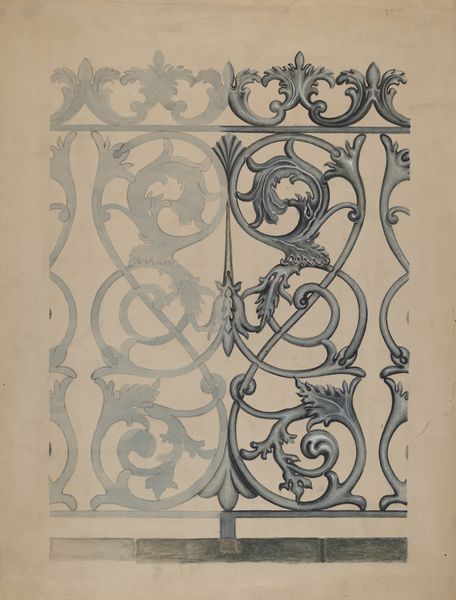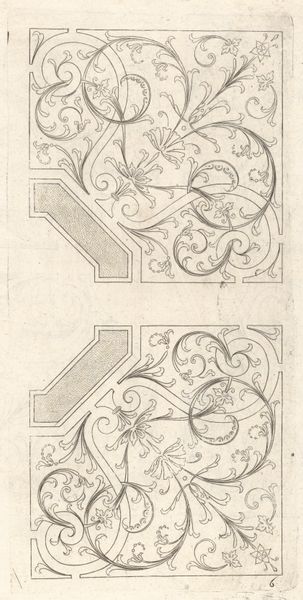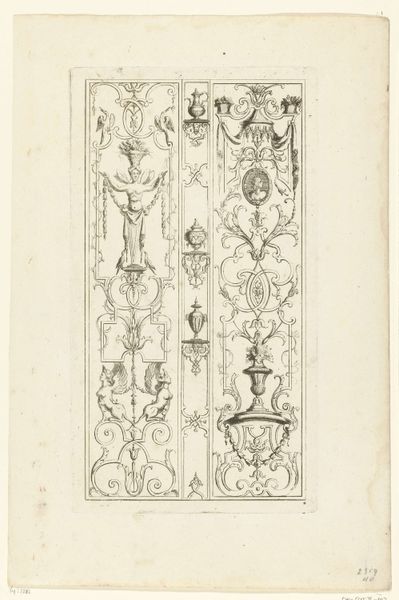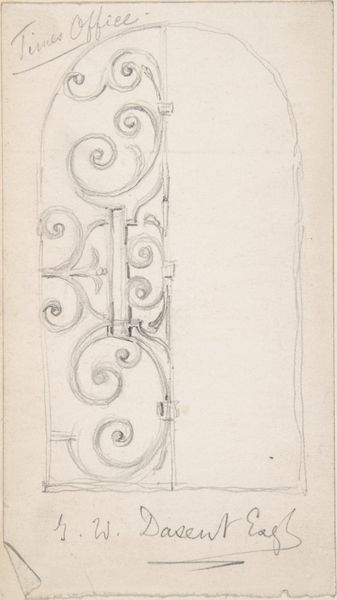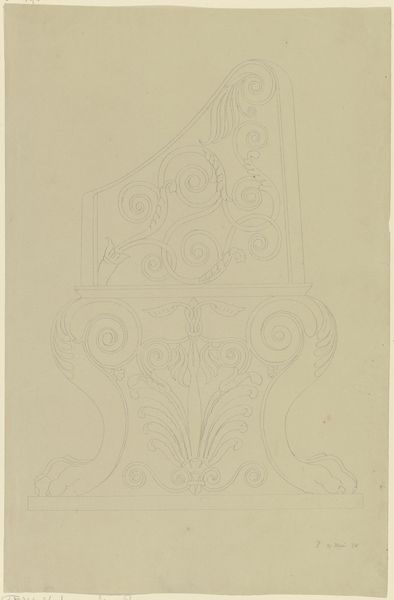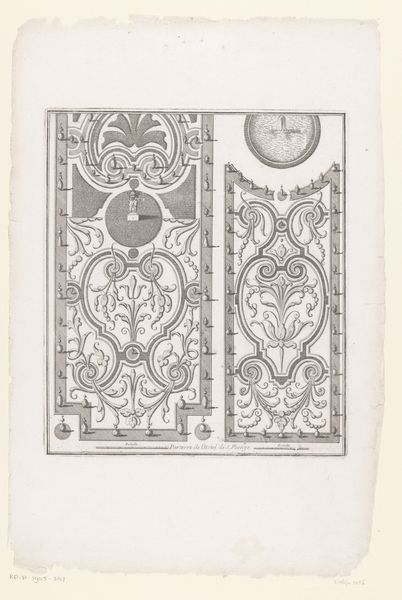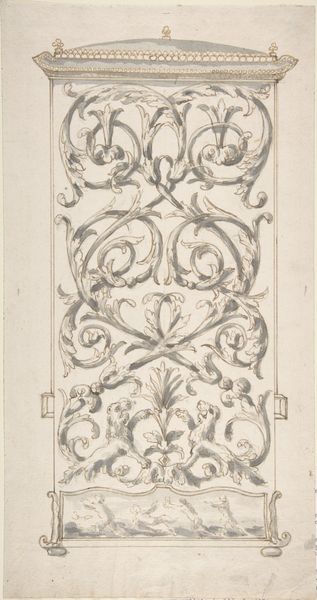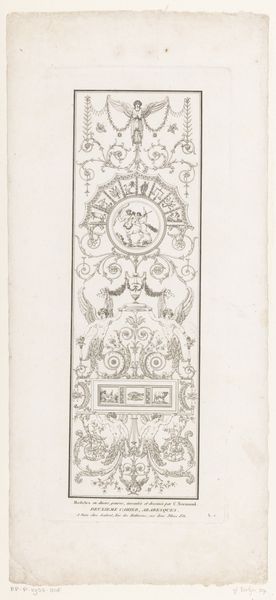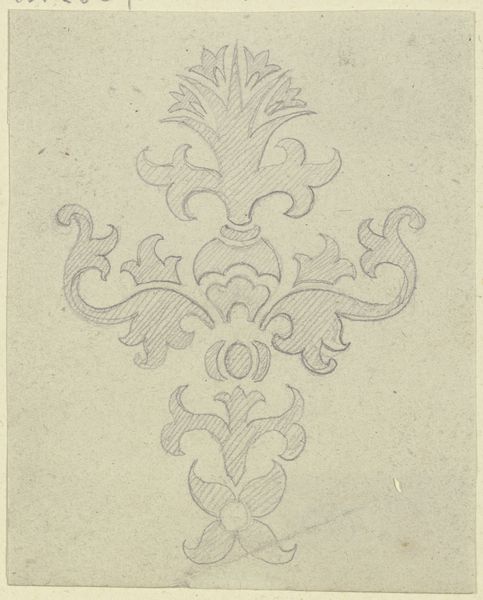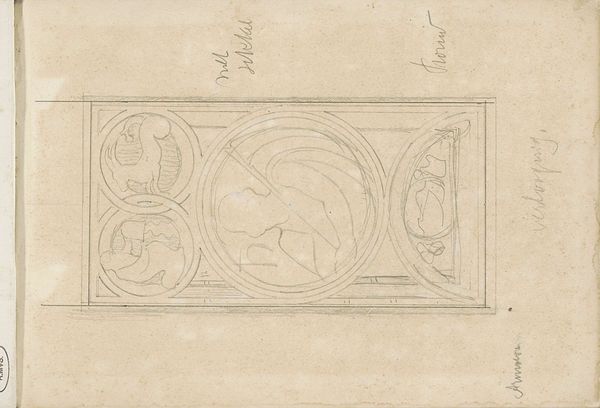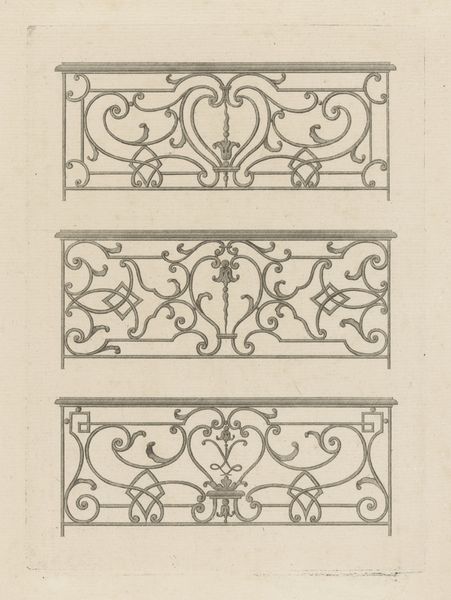
drawing, paper, pencil, architecture
#
drawing
#
16_19th-century
#
paper
#
geometric
#
pencil
#
line
#
architecture
Copyright: Public Domain
Karl Ballenberger sketched this iron grate in Zwingenberg with graphite on paper sometime in the early to mid-19th century. The drawing depicts an iron grate, likely part of a building's architectural detail. The context here is Germany during a period of industrial growth and a renewed interest in medieval design. Ironwork became both functional and ornamental, reflecting a society grappling with new technologies while looking back to its historical roots. Ballenberger, as an artist, was part of the emerging professional class, recording and interpreting the visual environment. This sketch, now preserved in the Städel Museum, exemplifies how museums shape our understanding of art and cultural heritage, deciding what is worthy of preservation and study. To fully understand this work, we can delve into historical archives, architectural studies, and social histories of 19th-century Germany. Art history isn't just about aesthetics; it's about understanding the social forces that shape artistic production and the institutions that preserve and interpret it.
Comments
No comments
Be the first to comment and join the conversation on the ultimate creative platform.
